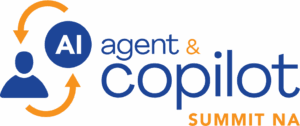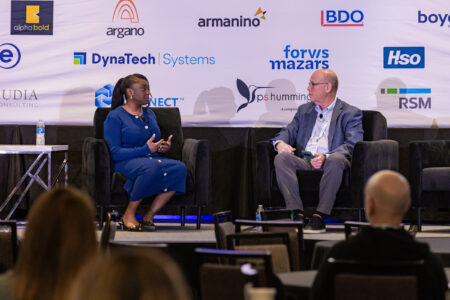
Microsoft has delivered a significant upgrade to the Researcher deep-reasoning AI agent: Computer Use functionality that goes beyond conducting complex research to the next step of acting on a user’s behalf, using a secure virtual computer to navigate a wide range of content.
By applying Computer Use functionality while connecting to a range of work data across public, gated and interactive web content, users will gain more intelligent research that translates into more authoritative and comprehensive reports, with agents doing more of the work that doesn’t require huma expertise.
Researcher with Computer Use, offered as part of Microsoft 365 Copilot, can enable the following types of use cases, Microsoft said in announcing the capabilities:
- Finding news and insights about a customer or prospect from social media or the web in preparation for a meeting with that company
- Gathering industry trend data from subscription-based content such as analyst reports to inform a marketing campaign
- Turning research findings into a presentation for a project review or other type of meeting
These examples point to a future where AI conducts a greater share of information access, collection and even presentation, making users more efficient as they engage with customers and stakeholders because they have the latest and most comprehensive information available.
How it Operates
The Computer Use capabilities enable Researcher to access a virtual machine running on Windows 365; that virtual machine, in turn, acts as a computer in the cloud, enabling a visual browser, a text browser, a terminal, and the Microsoft Graph for access to a wide range of data sources. These capabilities can work together to gather information as part of complex workflows, and users can adjust which data sources Researcher uses to generate a report.
A set of new tools are invoked by the orchestration layer of Researcher to drive Computer Use actions. Those tools work together as follows:
Researcher’s orchestration layer connects the AI model and necessary tools for producing a research report. When the model determines that it needs to perform an action (examples: fill in a form, build an app, navigate to a website that requires authentication), this triggers Computer Use. This, in turn, launches a virtual machine running on Windows 365 as a temporary computer to manage that conversation. The virtual machine is hosted in the Microsoft Cloud and is network-isolated from the corporate network for security purposes.
The sandbox includes a virtual browser that can be used by Researcher to navigate the web and perform actions. It also includes a terminal interface used for code execution from a command line. The sandbox environment is provisioned only for that session and no user credentials are never transferred into or out of the sandbox environment.
For browser navigation or outbound network access via the terminal, a safety classifier validates whether the access is safe, preventing attacks that can be launched through web page navigation.
All reasoning steps include screenshots, terminal interface output, and search visuals, allowing users to see Researcher’s actions – in the form of a visual chain of thought — in real time.

AI Agent & Copilot Summit is an AI-first event to define opportunities, impact, and outcomes with Microsoft Copilot and agents. Building on its 2025 success, the 2026 event takes place March 17-19 in San Diego. Get more details.
Security Controls
By default, access to enterprise data is disabled when computer use is turned on to mitigate any risk of enterprise data being used by the AI model. There are several additional protections against risks that arise due to new AI use cases and scenarios.
When required by the model for the user to confirm an action or provide information in a form or log in to a site, Researcher will allow the user to take control of the sandbox through a secure screen-sharing connection.
The sandbox environment comes with browser and network security policies enforced by Microsoft. Administrators can also provide a list of additional domains that are allowed and disallowed.
The user sees the actions of Researcher while it is accessing the web through the browser or utilizing any Computer Use tools. Researcher will always request that the user securely log in to any web sources in the browser when required to complete a task, and it will request explicit confirmation before taking any actions.
Every network operation in the sandbox environment is inspected by a “classifier” designed to check domain safety, validate relevance, and analyze content type while distinguishing between image, binary text, and data.
The Microsoft Admin Center has been extended to allow administrators to govern whether Researcher with Computer Use is enabled and if so, for which security groups in their tenant. Admins can also govern whether users in their tenant can combine enterprise and web data through Researcher with Computer Use.
Browser actions that are performed in the sandbox environment are fully auditable, and the files produced at the end of a chat turn are also auditable just like other Microsoft 365 Copilot experiences. Intermediate files used during processing do not persist anywhere outside the sandbox.
Researcher with Computer Use rolled out last week under the Frontier program for Microsoft 365 Copilot licensed customers.
Related Insights:






